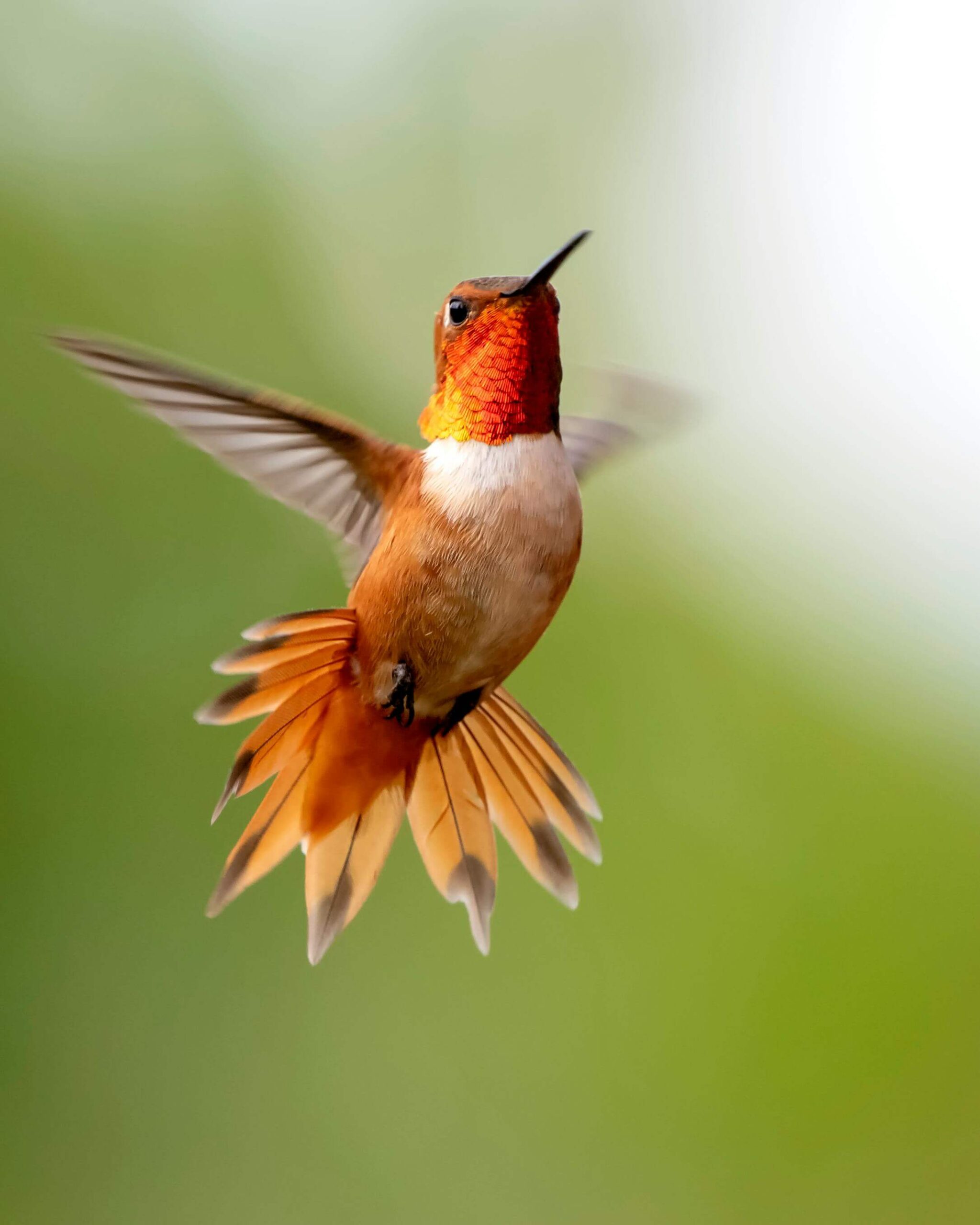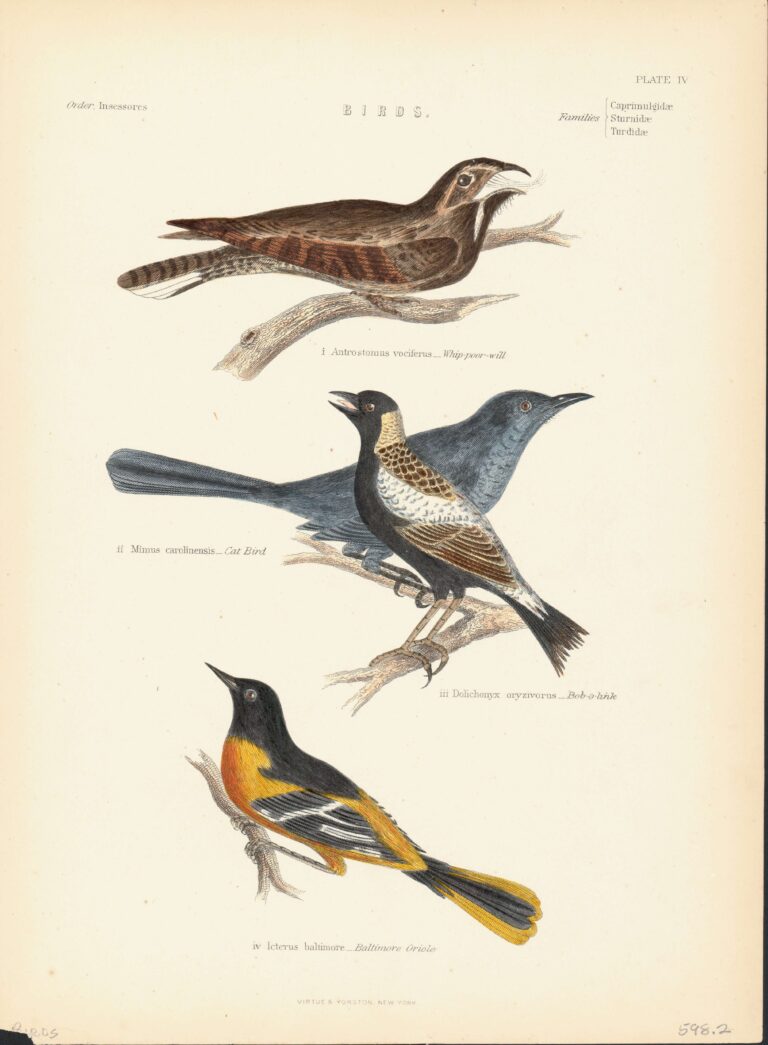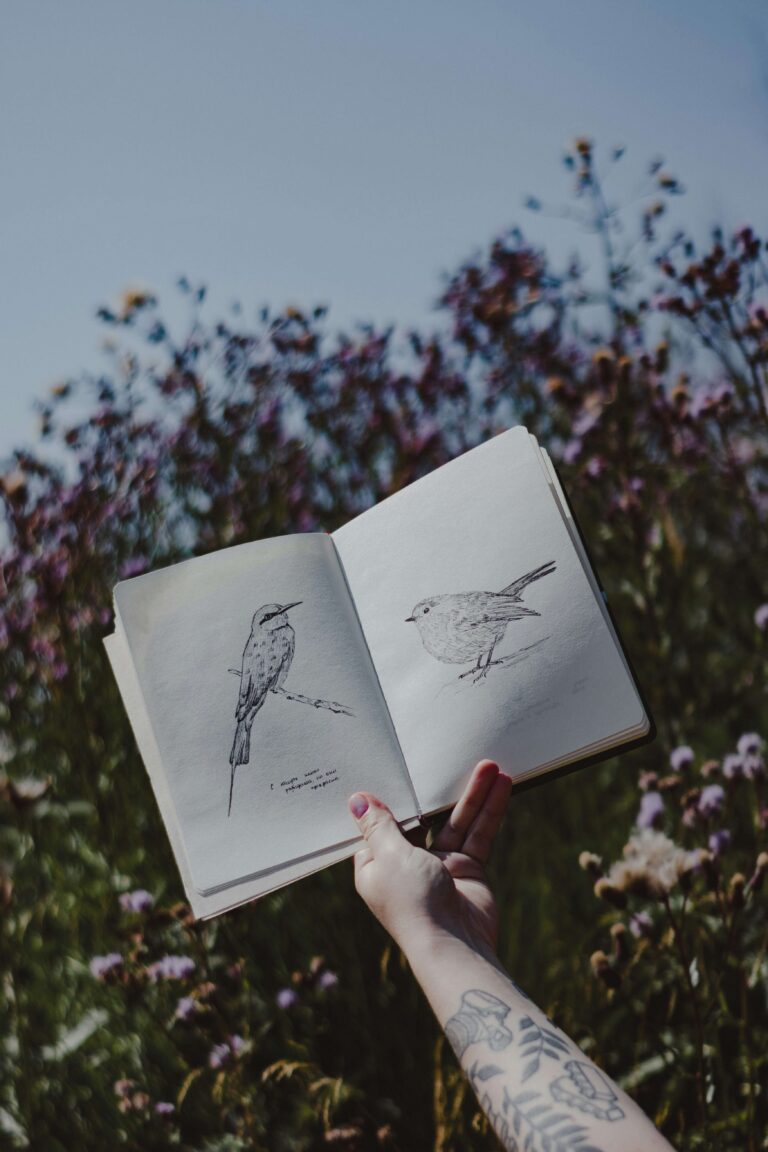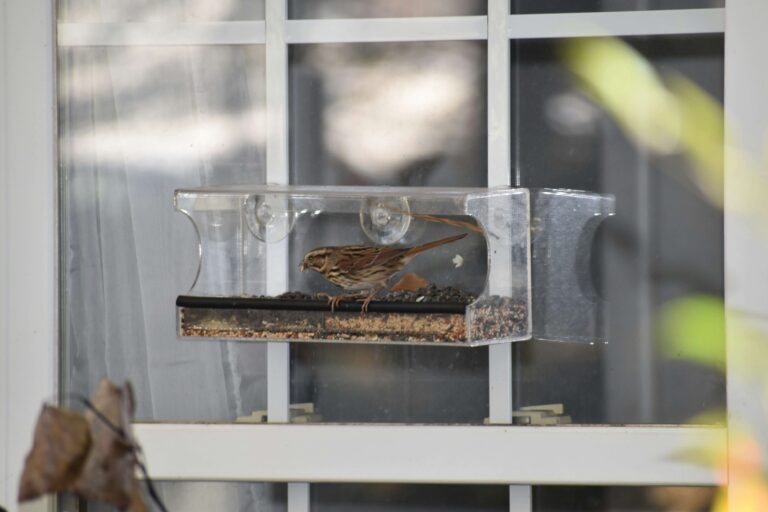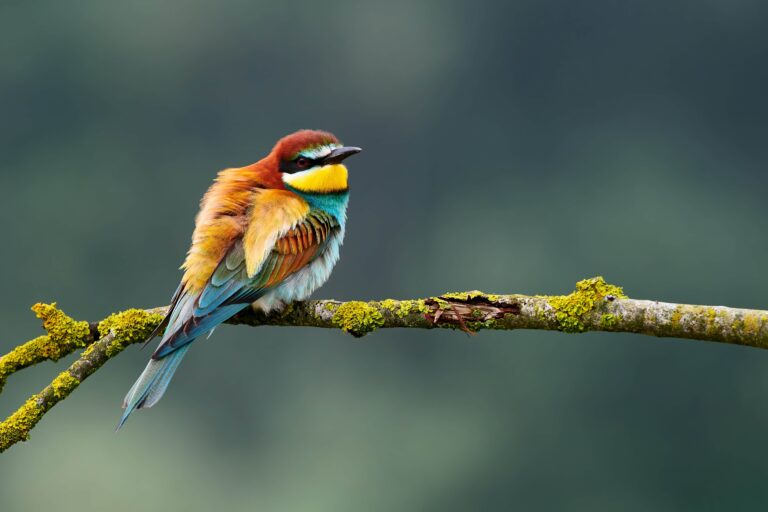Hummingbird Migration Myths: What’s True and What’s Not
Every year, tiny hummingbirds make an incredible journey, and along the way, a lot of hummingbird migration myths pop up. Tiny, bright, and impossibly fast, they seem too small to pull off anything as big as migration.
And yet — every year, they do.
Hummingbird migration is full of wonder… and also a few persistent myths. Let’s cozy up and sort out what’s true, what’s just a good story, and how you can help these little travelers on their incredible journey.
Why Hummingbird Migration Feels So Magical
It’s easy to see why hummingbird migration feels almost like a fairy tale.
How could something that weighs less than a nickel fly hundreds, even thousands of miles?
How do they know where to go?
Where do they find the energy to keep moving?
The truth is even more amazing than the myths. And the more you learn, the more magical it feels.
Hummingbird Migration Myth #1: Hitching Rides on Other Birds
You might have heard this one: that hummingbirds cling to the backs of geese or other big birds during migration.
It’s a charming image… but it’s not true.
Hummingbirds fly every mile themselves.
No hitchhiking. No free rides. Just a whole lot of heart, muscle, and instinct guiding them across incredible distances.
Myth #2: Leaving Feeders Out Makes Hummingbirds Stay Too Long
This myth comes up every fall:
“If you leave your feeder up, hummingbirds won’t migrate.”
Good news — you don’t have to take it down early.
Feeders don’t trap hummingbirds. They leave when their internal clock and the shortening daylight tell them it’s time.
Keeping a feeder out a little longer can actually help the latecomers — the tired travelers who still have miles to go.
Myth #3: Hummingbirds Migrate in Huge Flocks
We picture flocks of geese heading south — but hummingbirds don’t migrate like that.
They go solo.
Each hummingbird makes its own journey, at its own pace. No large groups. No leaders. Just one tiny traveler making its way across rivers, forests, even oceans.
It’s quiet, brave work — and somehow even more incredible when you realize they’re doing it alone.
Myth #4: Hummingbirds Only Migrate When It Gets Cold
It’s not really the cold that tells them when to go. It’s the light.
As the days grow shorter, hummingbirds know it’s time to move. Even if the weather still feels warm, their instincts kick in. They sense it’s time to chase the longer days southward.
It’s a little like having a built-in calendar tucked inside those tiny wings.
How Hummingbird Migration Actually Works
Migration is a mix of instinct, preparation, and sheer determination. One of the most common hummingbird migration myths is that leaving feeders out makes birds stay too long.
Hummingbirds spend weeks bulking up before their journey — sometimes doubling their weight by feasting on nectar and insects. They need every bit of that fuel to power their nonstop flights.
Some species, like the ruby-throated hummingbird, even fly nonstop across the Gulf of Mexico — a journey of up to 500 miles over open water, without resting.
For a creature that weighs less than a nickel, it’s an almost unbelievable feat.
The Amazing Distances Tiny Hummingbirds Can Travel
Depending on the species, some hummingbirds migrate thousands of miles each year. You might be surprised by how many hummingbird migration myths are still shared today.
A ruby-throated hummingbird might travel from southern Canada all the way to Central America — and then turn around and do it again the next spring.
They’re tiny, but they are tough. Built for big dreams and long distances.
When and Where You’re Most Likely to Spot Migrating Hummingbirds
Timing can vary depending on where you live, but here’s a cozy guide:
- Late summer to early fall (August–October) for southbound migration.
- Early spring (March–May) for northbound migration.
Look for hummingbirds near:
- Flowering plants
- Feeders
- Small water sources
- Quiet, sheltered areas where they can rest
And keep an eye out especially after storms — tired travelers may stop over to refuel.
How to Support Hummingbirds During Their Migration Journey
Helping migrating hummingbirds is easier (and sweeter) than you might think:
- Leave feeders up until at least two weeks after you see the last bird.
- Plant late-blooming flowers like salvia, bee balm, and pineapple sage for fall migrants.
- Avoid pesticides — they need insects too!
- Offer fresh water in shallow birdbaths or misting fountains.
Even a small garden can make a big difference for these tiny travelers.
Keeping the Wonder Alive: Welcoming Hummingbirds Year After Year
There’s a special kind of magic in welcoming back hummingbirds every year.
By understanding how hummingbird migration really works, and giving them a little extra help along the way, you become part of their incredible story.
One feeder.
One patch of flowers.
One tiny traveler stopping by your garden for a sip of strength before the long miles ahead.
And somehow, it never stops feeling like a little miracle.
